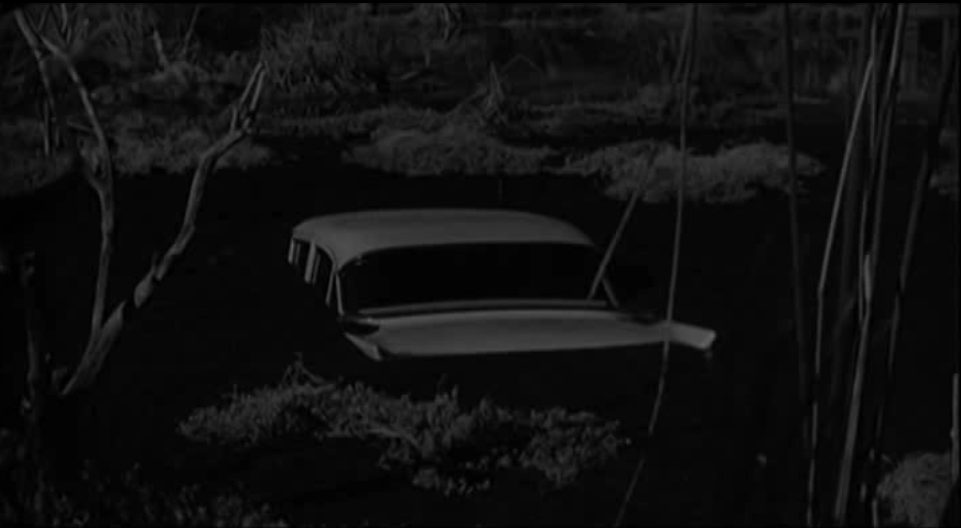BLOT.
JOY GERRARD.
WEXFORD ARTS CENTRE.
20.10.2018.
3.PM.
REAL SUNNY.
BLOT.
[Speech delivered at Wexford Arts Centre at 3:15PM, 20.10.2018]
NOT to put words in your mouths (or perhaps exactly doing that), when YOU and I leave here today and wander back out into the real world to be asked by friend or family to describe Joy Gerrard's work, YOU or I will probably say something like, “They are black and white paintings and drawings of protest crowds.” YOU or I might add, “Some are small, others are large... and others are cut and pinned directly onto the gallery wall.” These simple but justified descriptions manage to do a good job of representing Joy Gerrard’s work in its absence. YOU or I will also be asked, without doubt, whether we liked Joy Gerrard's work or not, and our answers, positive or negative (black or white) will either tempt or deter friend or family coming to judge for themselves. Words are powerful when it comes to mediating and sharing our experiences of contemporary art. In our very descriptions we can unpack whether an artwork works or doesn't work for us. Our relationship with art, to art, is always mediated through words; words are a way to bridge the gap between the viewer and the artwork, and the world in which the artist is reflecting upon in its various disguises. There is a vast distance to overcome between the viewer and the artwork; YOU and I can only get so close with descriptors like “black and white”, “small and large”, and for that matter, “protest crowds”. I realised only this week, with the help of writer César Aira’s newly translated essay ‘On Contemporary Art’, that the distance between viewer and artwork, a distance César celebrates, is a distance that I have always unknowingly embraced, even exaggerated through my words. It is this distance, this gap, between viewer and artwork, us and it, that has allowed me as a writer on contemporary art, to fill with my words, imagination and speculations: contemporary art is never just black and white, even though it elicits black and white opinion! The “black and white” through which Joy Gerrard organises her crowds and crowds organise themselves on the ground, could also refer to the black and white of opinion and the reactionary culture we cultivate and participate in online. If YOU and I move a little closer to Joy Gerrard's crowds we might imagine the black and white of “FOR” and “AGAINST” on protest placards sometimes scrawled with irony, jest and emotion. If we pull away from the black and white of Joy Gerrard’s work, not just to the farthest wall in the gallery, but to skies above, beyond the news-media helicopters and satellites, from this god-like perch and perspective we might imagine black blots on the landscape—social, political, aesthetic, psychological blots that wriggle and evolve across our cities, temporary stains to be replaced with yet another blot at the turning circle of our cul-de-sac democracy. Black and white, night and day, dark and light, positive and negative, Joy Gerrard’s work, from my limited and singular perspective, presents the grey territory of seeing and choosing. If we picture the news-media versions of these, Joy Gerrard’s look nothing like the black and white opinion of sweaty news journalism that polarises rather than gives perspective on our social and political world. Joy Gerrard's blots dissolve the dumb syntax and spectacle of a news headline, to give YOU and me a poetic and colourful perspective of a world that has become so fully immersed and embroiled with the virtual world that it can only see black and white, among the crowd.
Through 24 November at Wexford Arts Centre.

















